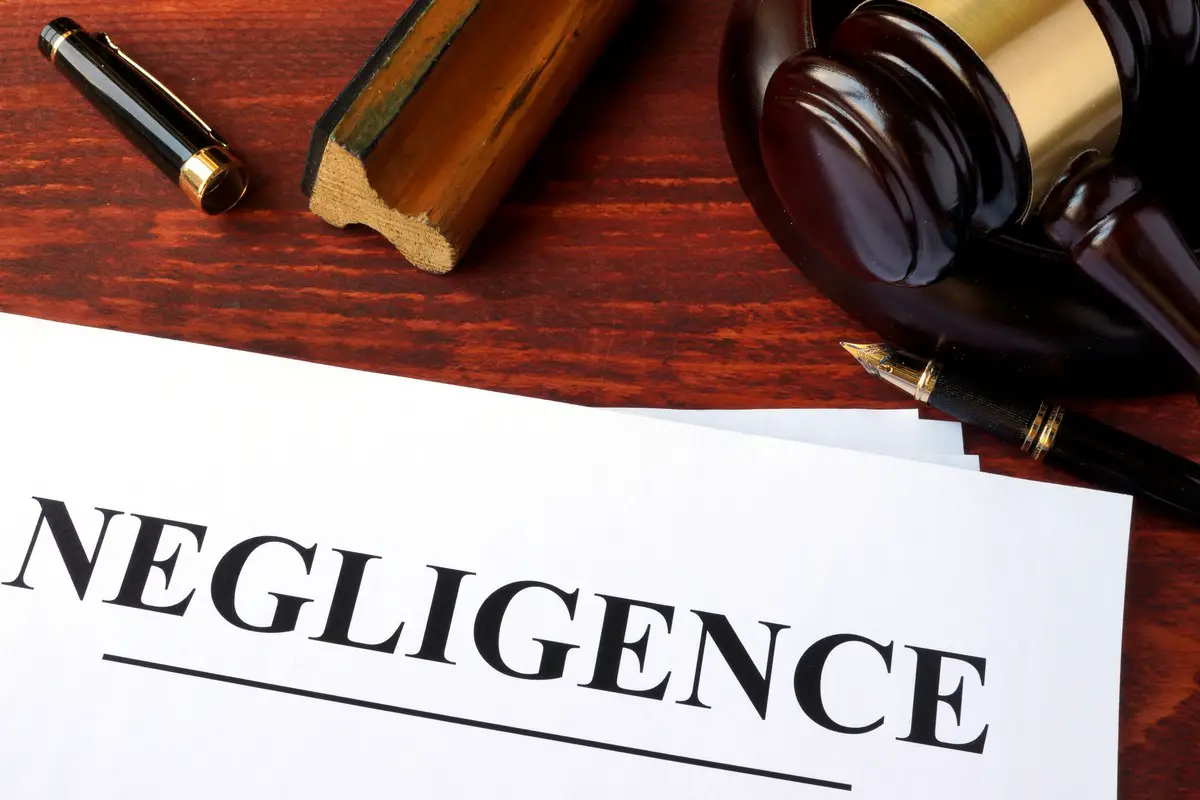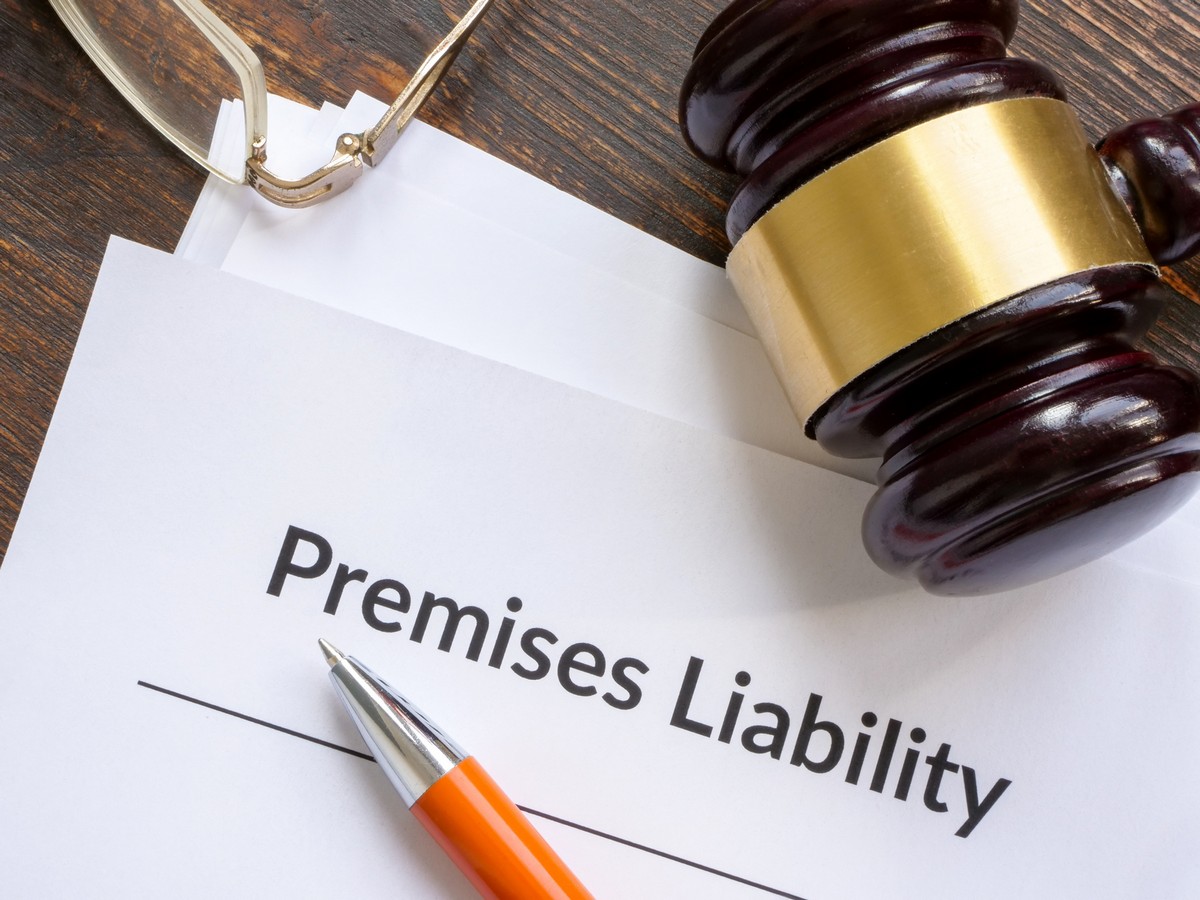Premises liability and negligence, Holding property owners accountable, Home purchase advice, Buy houses tips
Premises Liability and Negligence: Holding Property Owners Accountable
Premises liability and negligence are key concepts in personal injury law, holding property owners responsible for injuries that occur on their property because of unsafe conditions. This legal framework ensures that those who are injured due to a property owner’s failure to maintain a safe environment can seek compensation for their injuries, medical expenses, lost wages, and other damages.
This article explores the intricacies of premises liability, the concept of negligence, and the processes involved in holding property owners accountable.
Understanding Premises Liability
Premises liability refers to the legal principle that property owners are responsible for certain injuries suffered by individuals on their property. This liability hinges on the concept of negligence, defined here as failing to take reasonable care to prevent harm. Property owners must ensure their premises are reasonably safe for visitors, customers, and even trespassers in some cases. When they fail to do so, and someone is injured as a result, the property owner can be held legally responsible.
Therefore, for those injured in incidents on sidewalks, consulting with a specialized sidewalk accident lawyer is crucial. These legal professionals are adept at navigating the complexities of premises liability cases, particularly those involving public or private walkways.
However, in cases involving slips, trips, and falls inside a property, a slip and fall lawyer can provide the necessary legal expertise. These attorneys are experienced in handling cases where negligence in maintaining the interior of a property leads to accidents and injuries.
The Role Of Negligence In Premises Liability
Negligence is a fundamental concept in premises liability cases. It occurs when a property owner fails to act with the level of care that a reasonably prudent person would under similar circumstances. To prove negligence, it must be shown that the property owner was or should have been aware of the hazard and did not adequately address it.
Key Elements Of A Premises Liability Claim
For a premises liability claim to be successful, several key elements must be established:
- Duty of Care: It must be shown that the property owner owed a duty of care to the injured party. This duty varies depending on the legal status of the visitor.
- Breach of Duty: The property owner breached this duty by either creating a hazardous condition or failing to address a known hazard.
- Causation: There must be a direct link between the property owner’s breach of duty and the injury sustained.
- Damages: The injured party suffered actual damages, such as medical expenses or lost wages, as a result of the injury.
To prevail in a premises liability claim, one must demonstrate these elements clearly and convincingly, underscoring the importance of meticulous evidence gathering and legal strategy.
How To Hold Property Owners Accountable
Holding property owners accountable involves several steps, starting with gathering evidence. This can include photographs of the hazard, witness statements, and medical records documenting the injuries. An important part of this process is establishing the timeline of events to prove that the property owner had ample time to address the hazard but failed to do so.
Legal representation is also crucial in navigating the complexities of premises liability cases. An experienced attorney can help investigate the claim, understand the nuances of state laws, and negotiate with insurance companies. In some cases, litigation may be necessary to achieve a fair resolution, requiring a thorough presentation of evidence and legal arguments in court.
Comparative Negligence And Its Impact
Comparative negligence is a legal doctrine that can significantly impact the outcome of premises liability cases. It acknowledges that more than one party can be at fault for an accident. In scenarios where the injured party may have contributed to their own injuries, their compensation can be adjusted to reflect their share of the blame.
For example, if an individual is found to be 30% responsible for an accident due to inattention or ignoring warning signs, their awarded damages will be reduced by 30%. This principle encourages caution by distributing the financial impact of an accident based on each party’s fault. It’s crucial for claimants to understand how comparative negligence can influence their potential compensation, as it underscores the importance of gathering comprehensive evidence to minimize their attributed fault.
The Importance Of Timely Action
The statutes of limitations play a critical role in premises liability claims, setting a finite window within which an injured party can initiate legal action. These deadlines vary by state and can range from one to several years. Prompt action is not only a legal necessity but also a practical one.
As time passes, memories can fade, witnesses may become harder to locate, and physical evidence can deteriorate or be lost, all of which can weaken a claim. Procrastination can also signal to insurers and courts a lack of urgency or the severity of the claim, potentially undermining its credibility.
Thus, understanding and adhering to these time constraints is essential for preserving the right to seek justice and compensation for injuries sustained due to a property owner’s negligence.
Conclusion
Premises liability and negligence are integral aspects of personal injury law designed to protect individuals from harm due to unsafe conditions on someone else’s property. By keeping the information mentioned above in mind, the injured parties can hold property owners accountable for their negligence. With the right legal guidance, victims can navigate the complexities of these claims and work towards securing the compensation they deserve for their injuries and losses.
Comments on this guide to Premises Liability and Negligence: Holding Property Owners Accountable article are welcome.
Building Articles
Residential Architecture
Building Concrete
Concrete Posts
New vaulted style of floor cuts concrete usage
Benefits of Concrete in Construction
How Investing in Precast Concrete Can Benefit Your Business
Comments / photos for the Premises Liability and Negligence: Holding Property Owners Accountable page welcome






